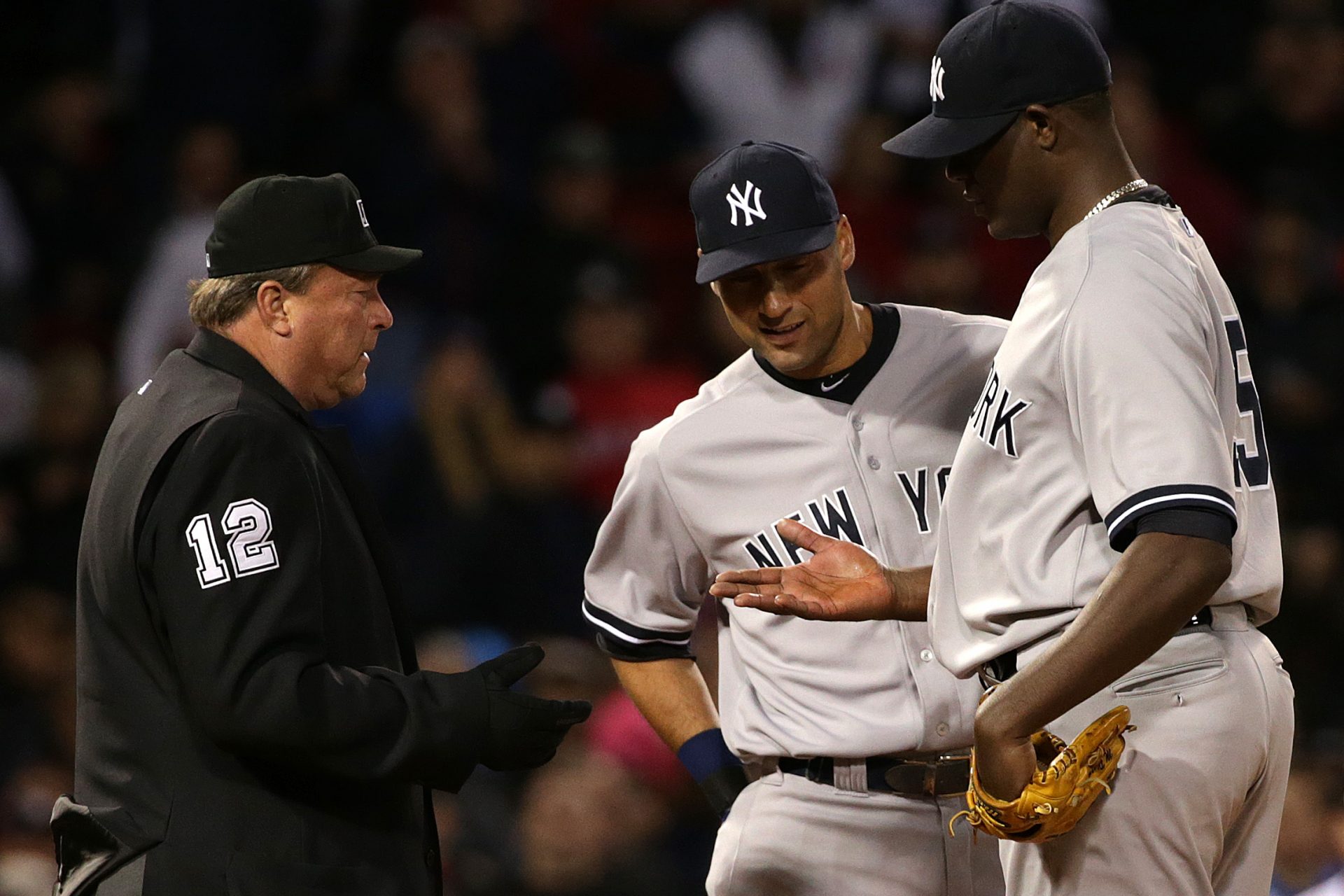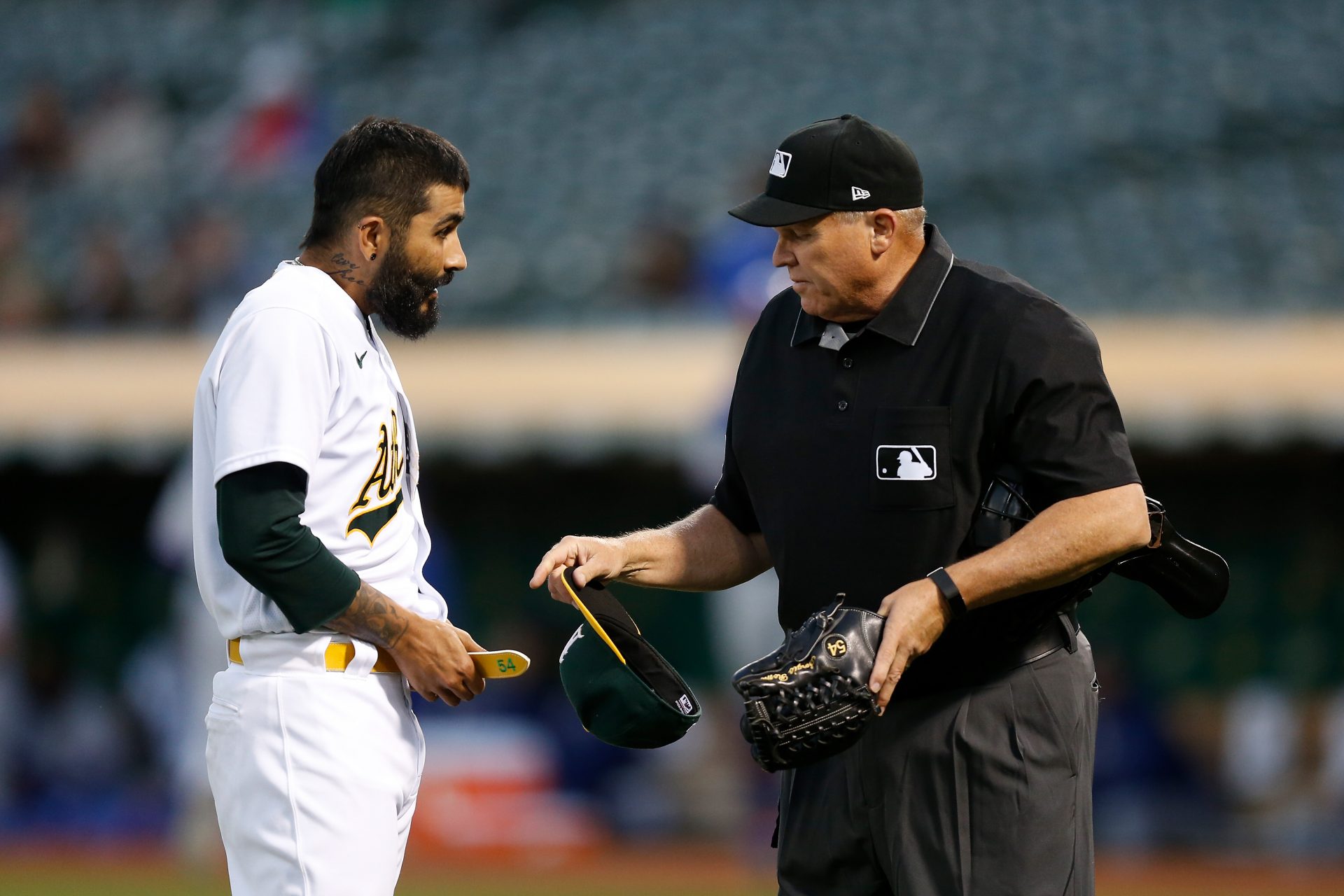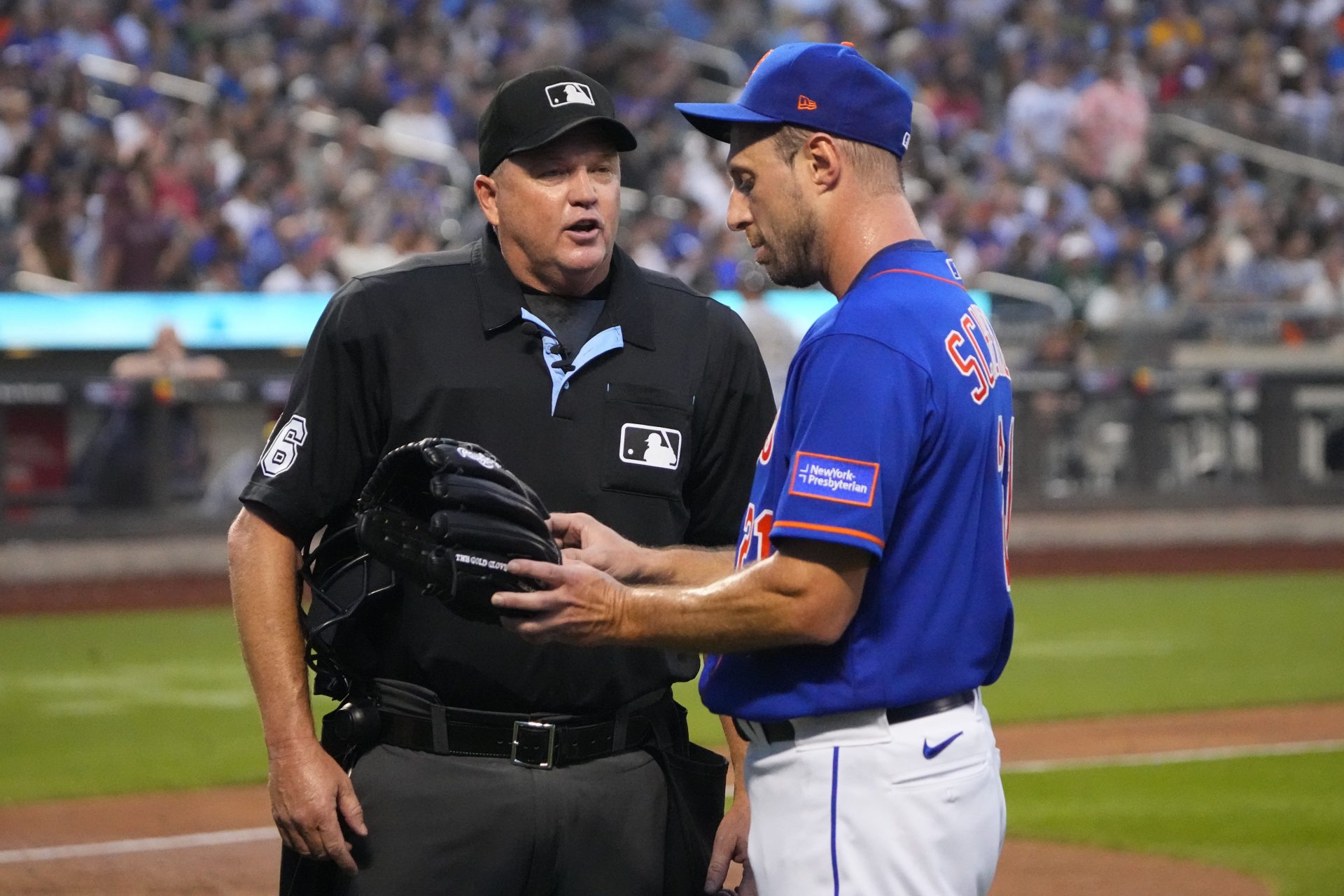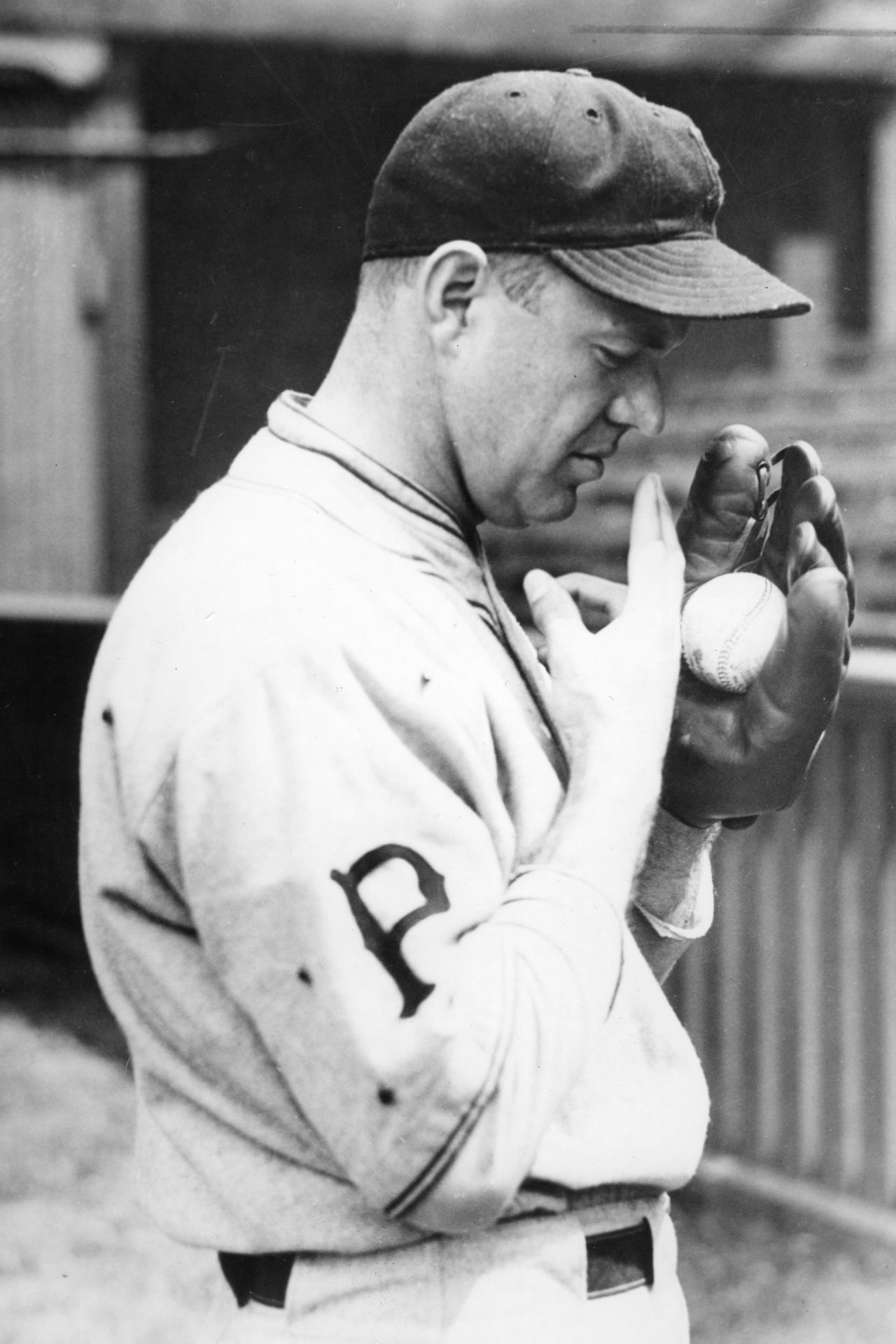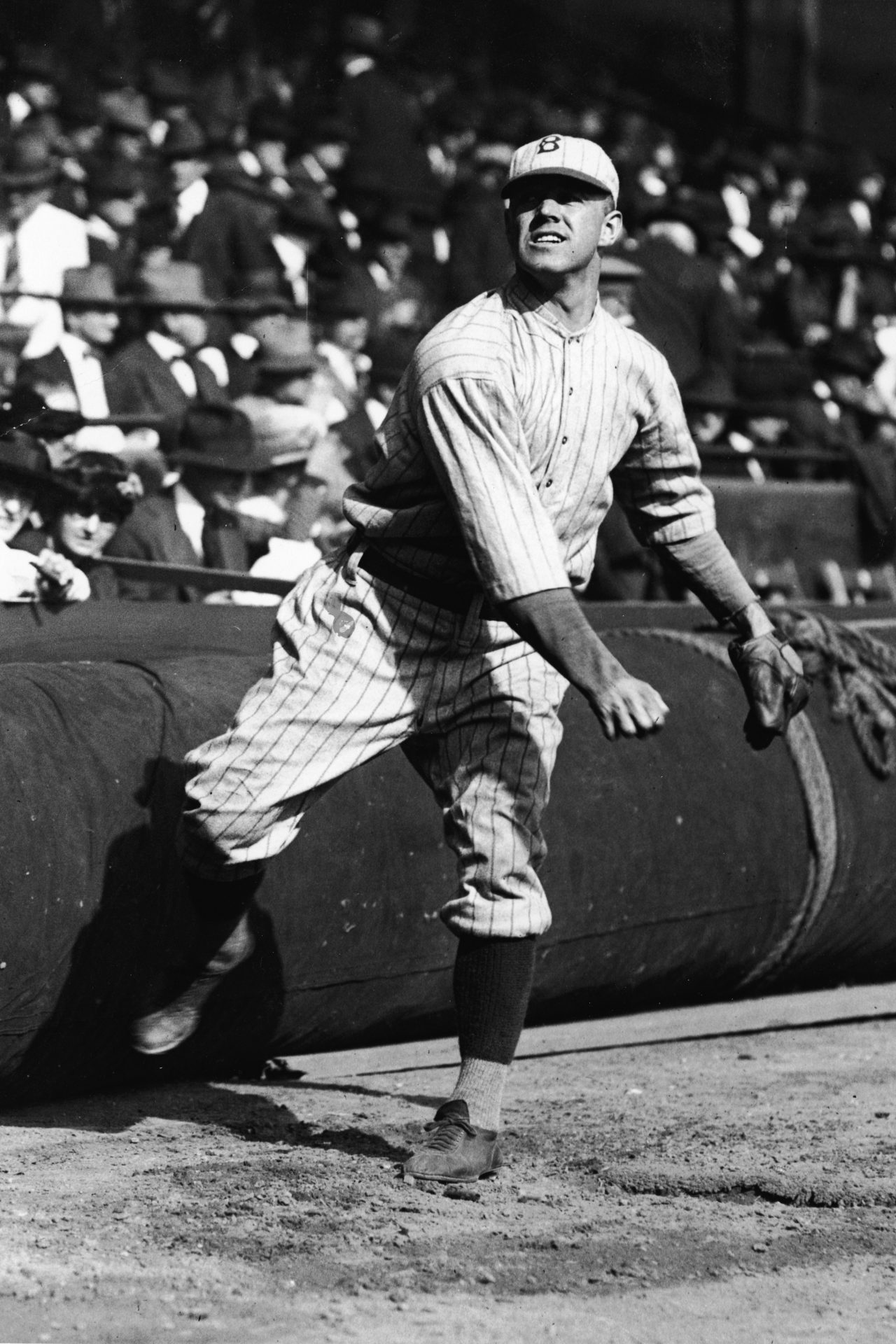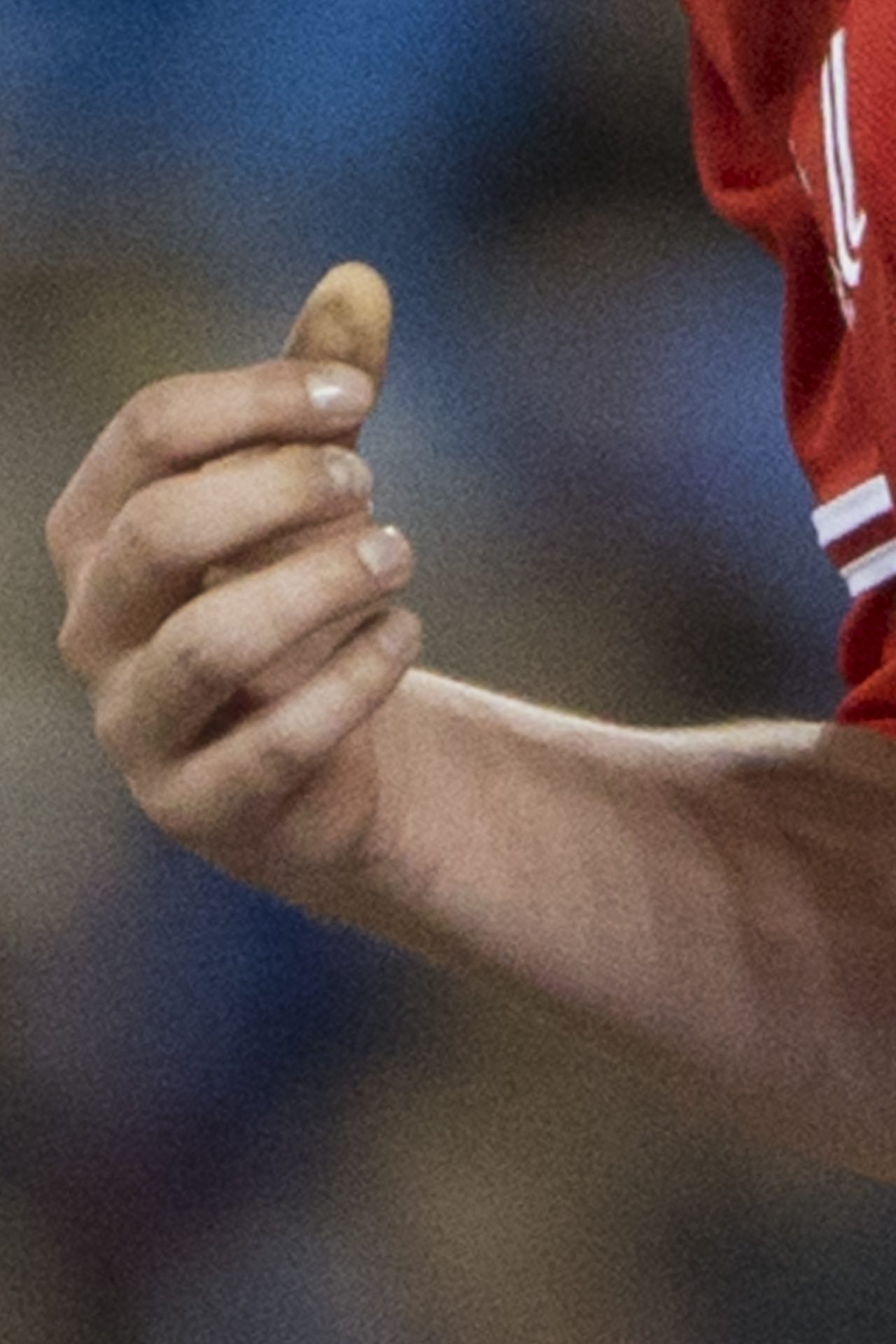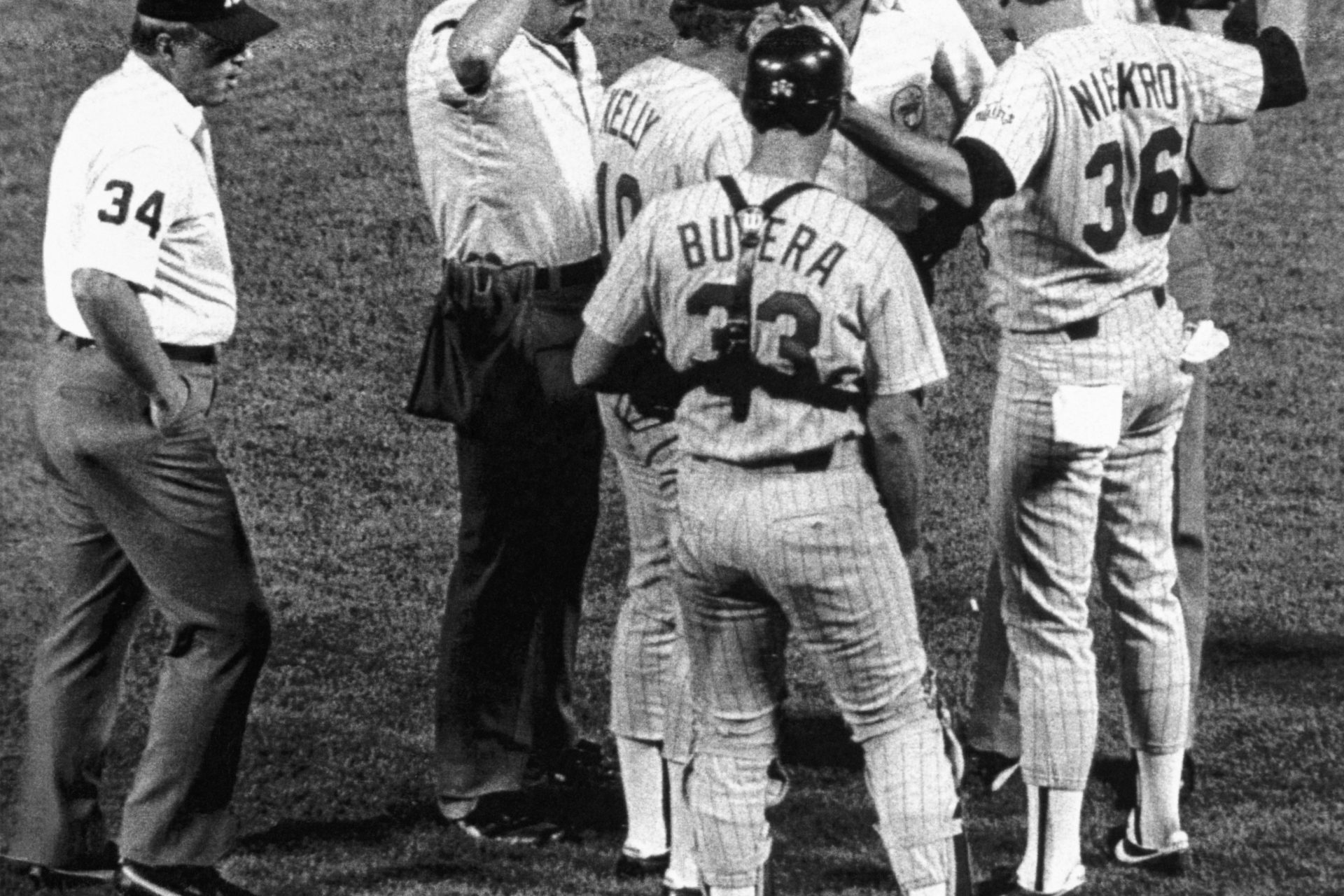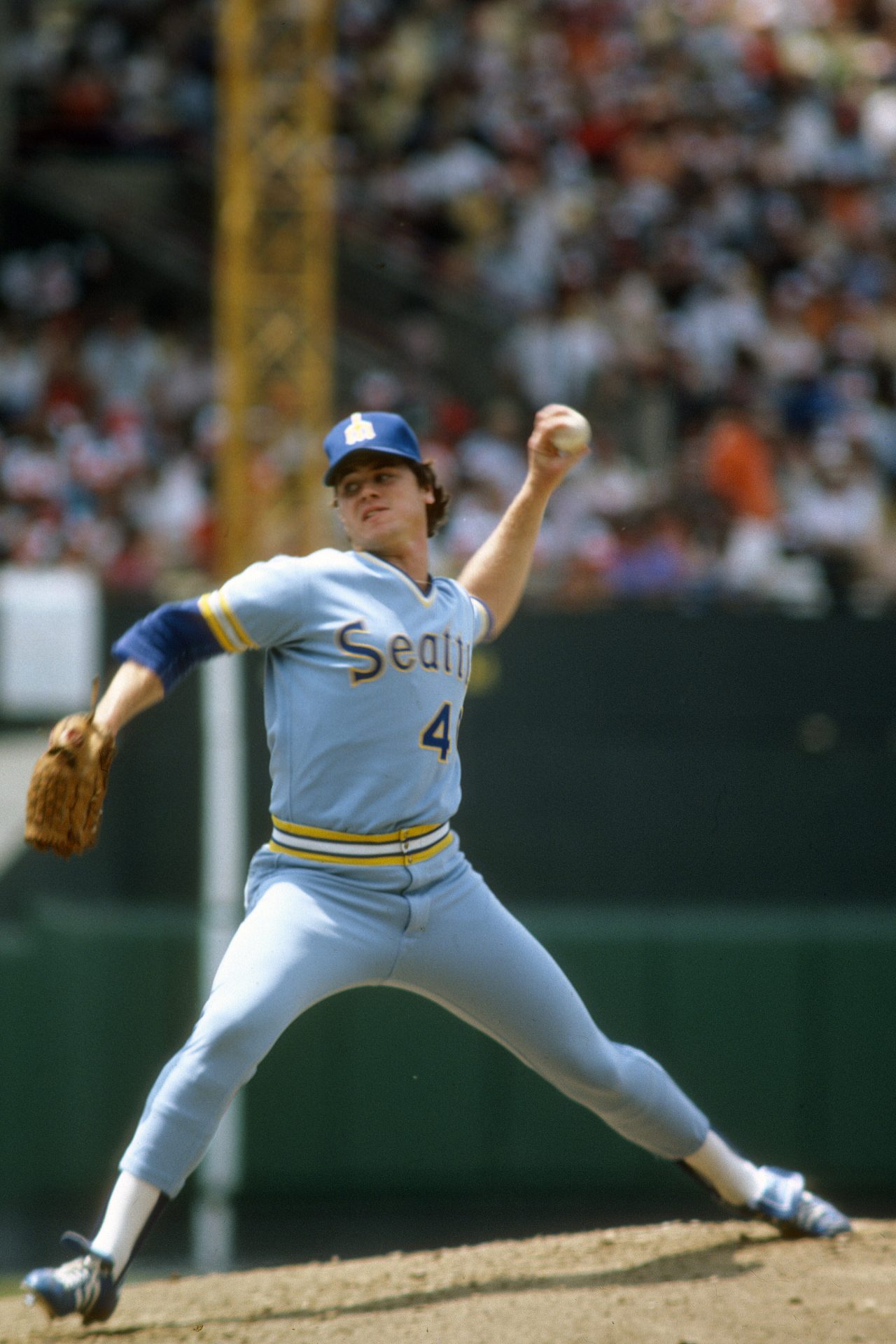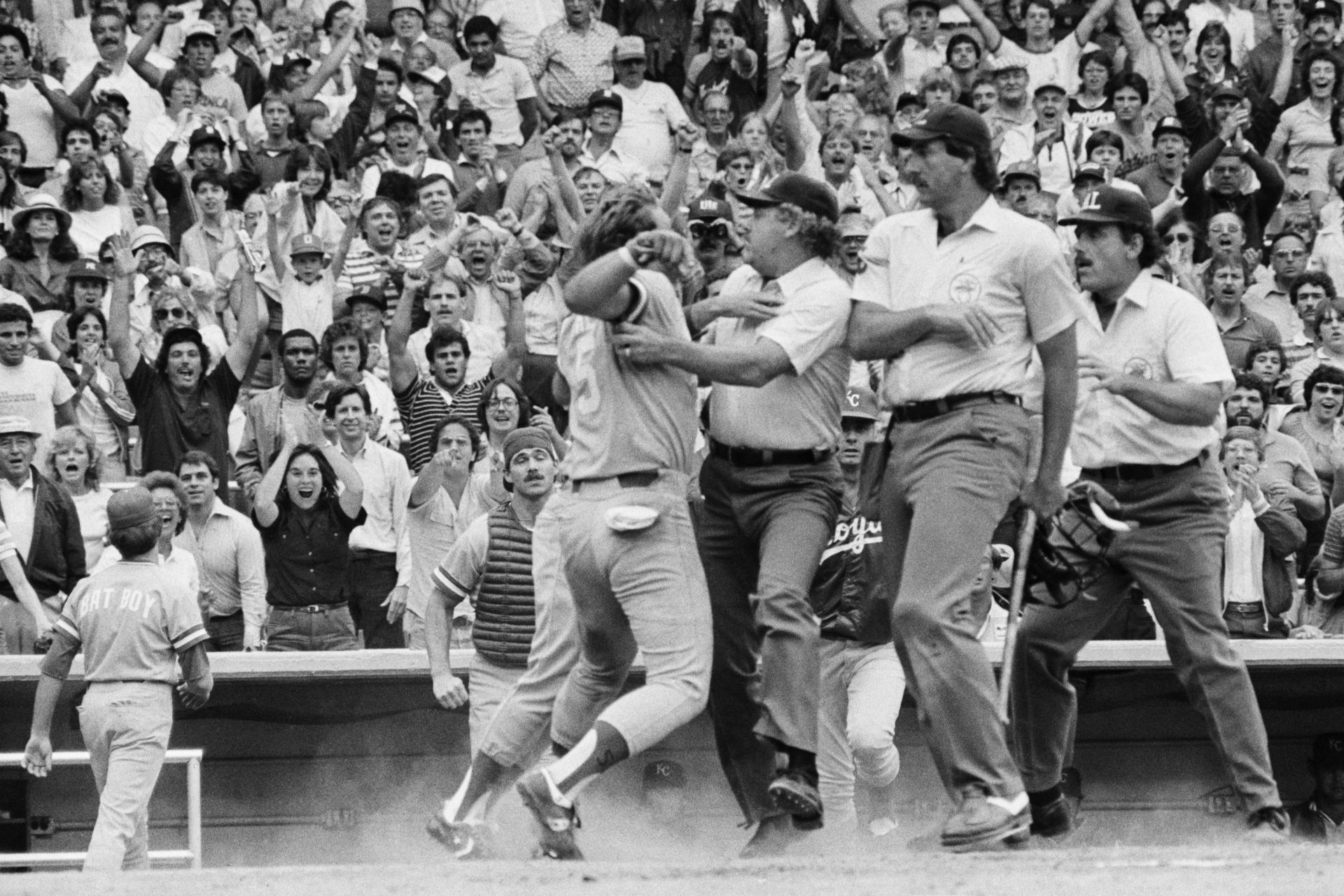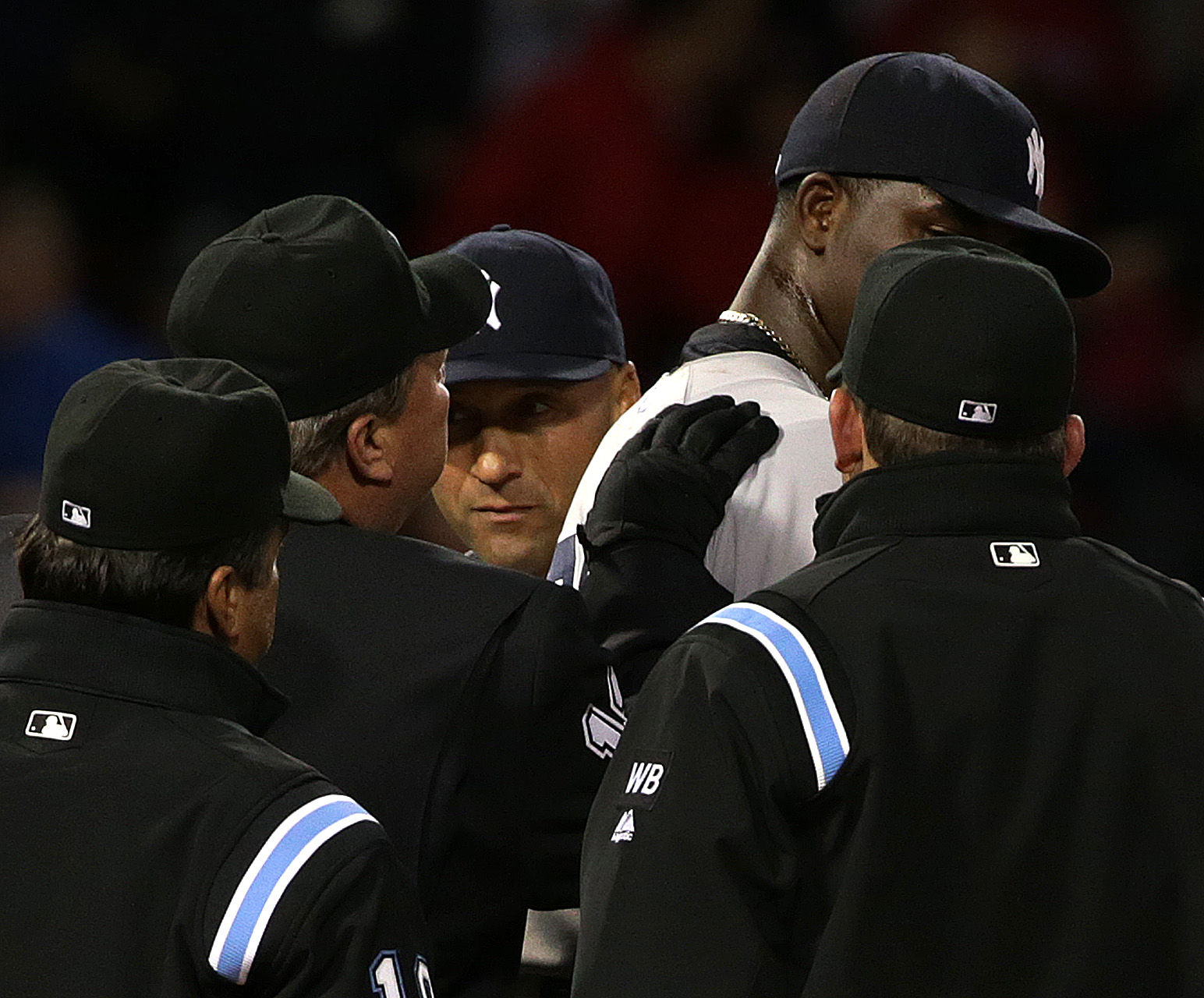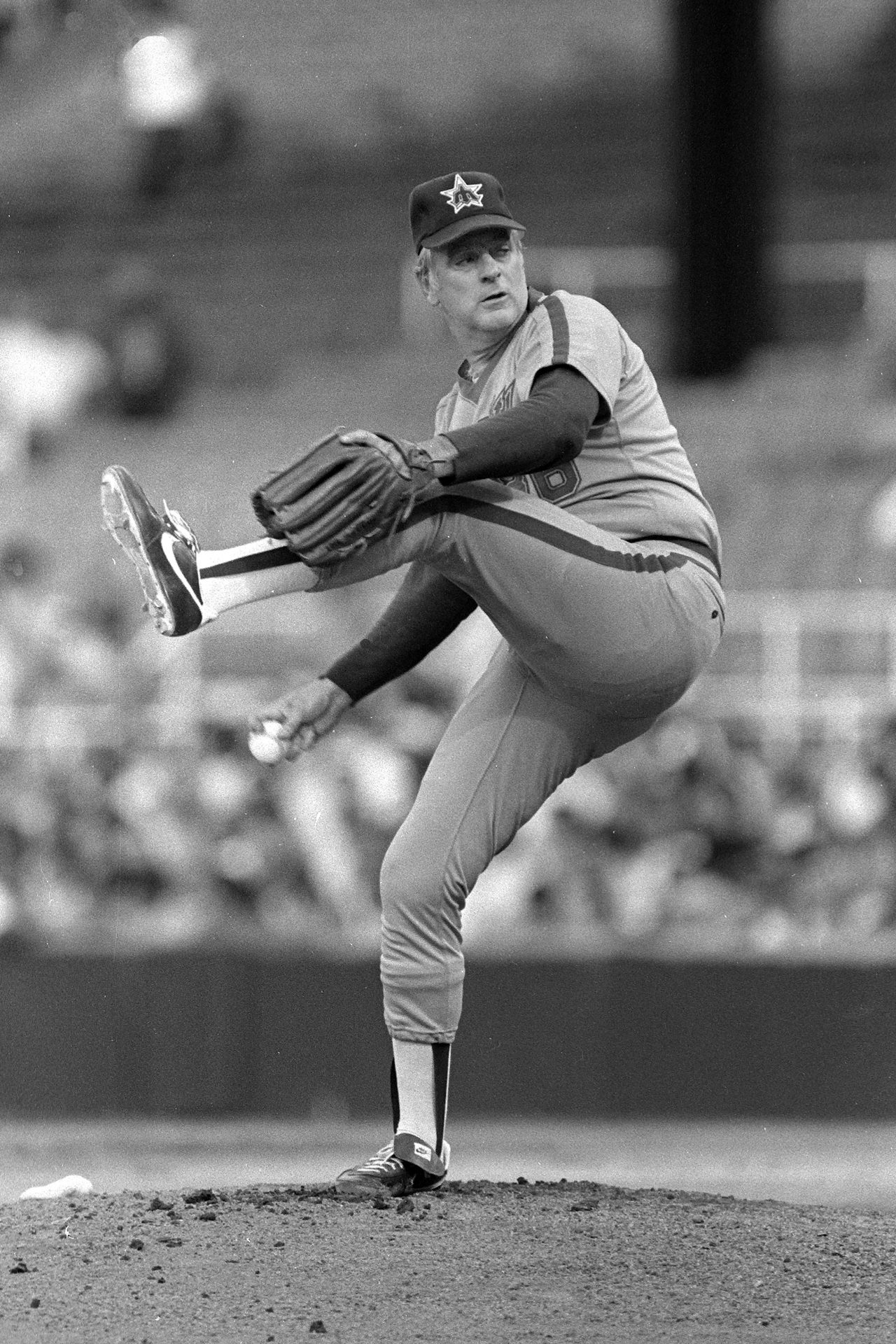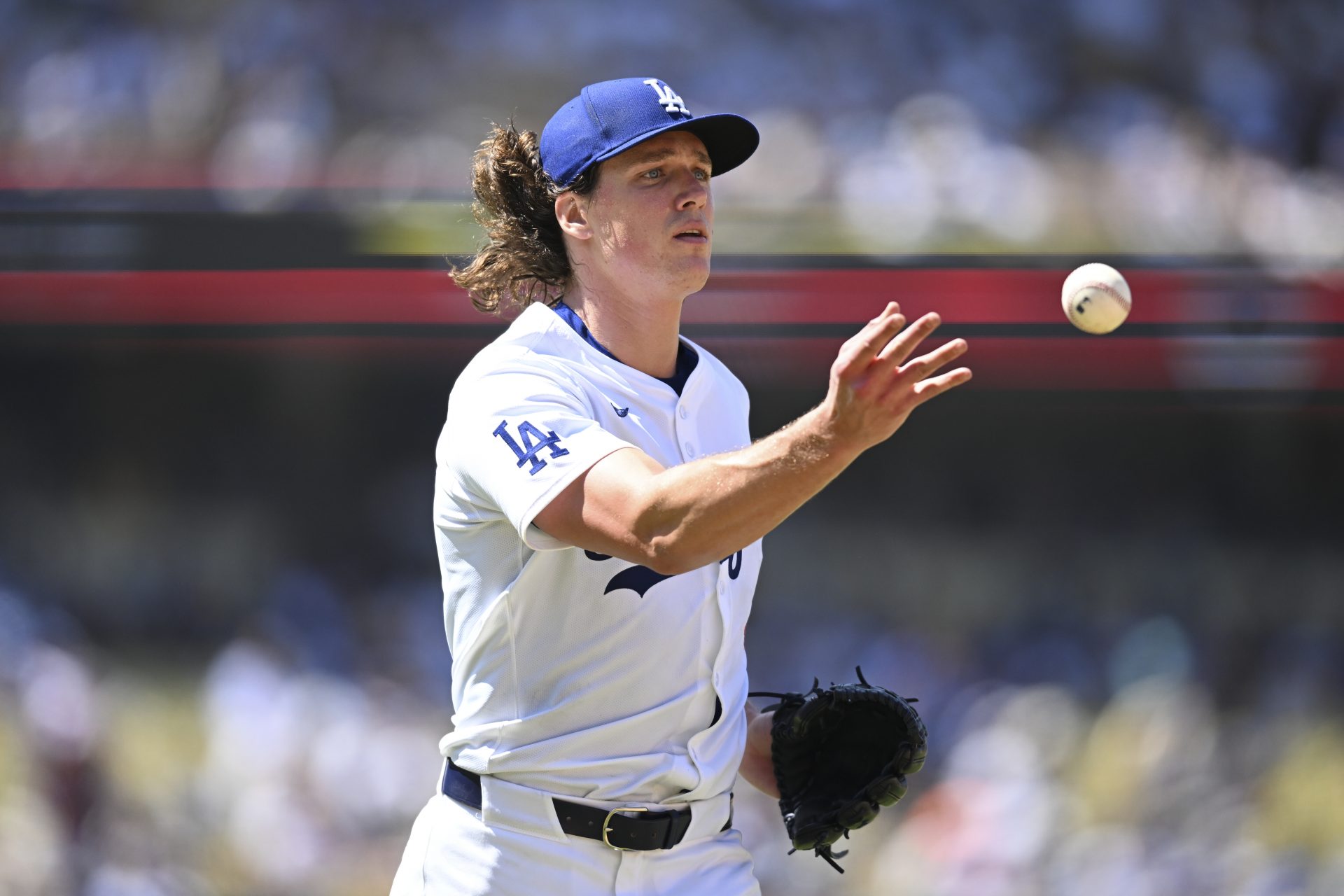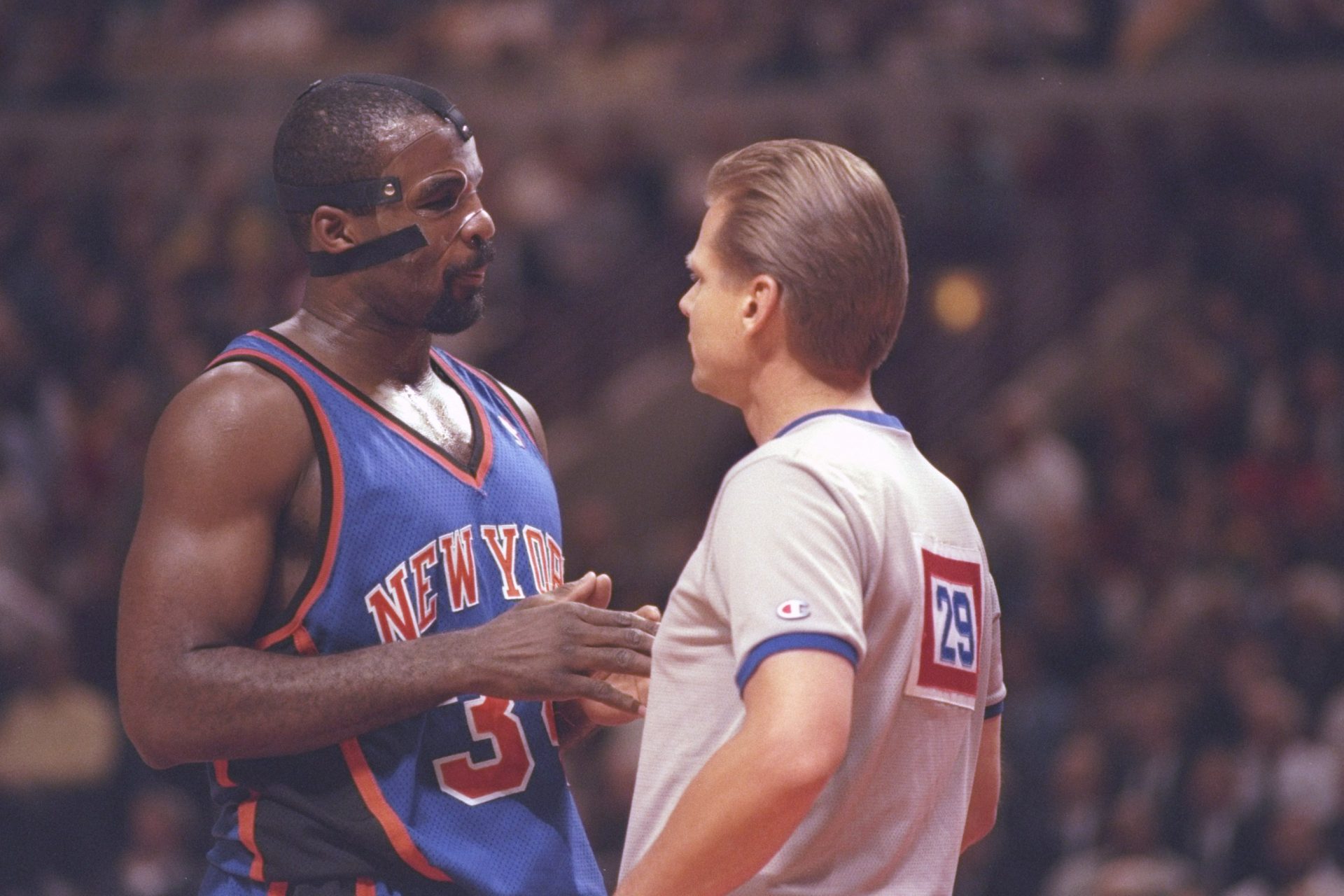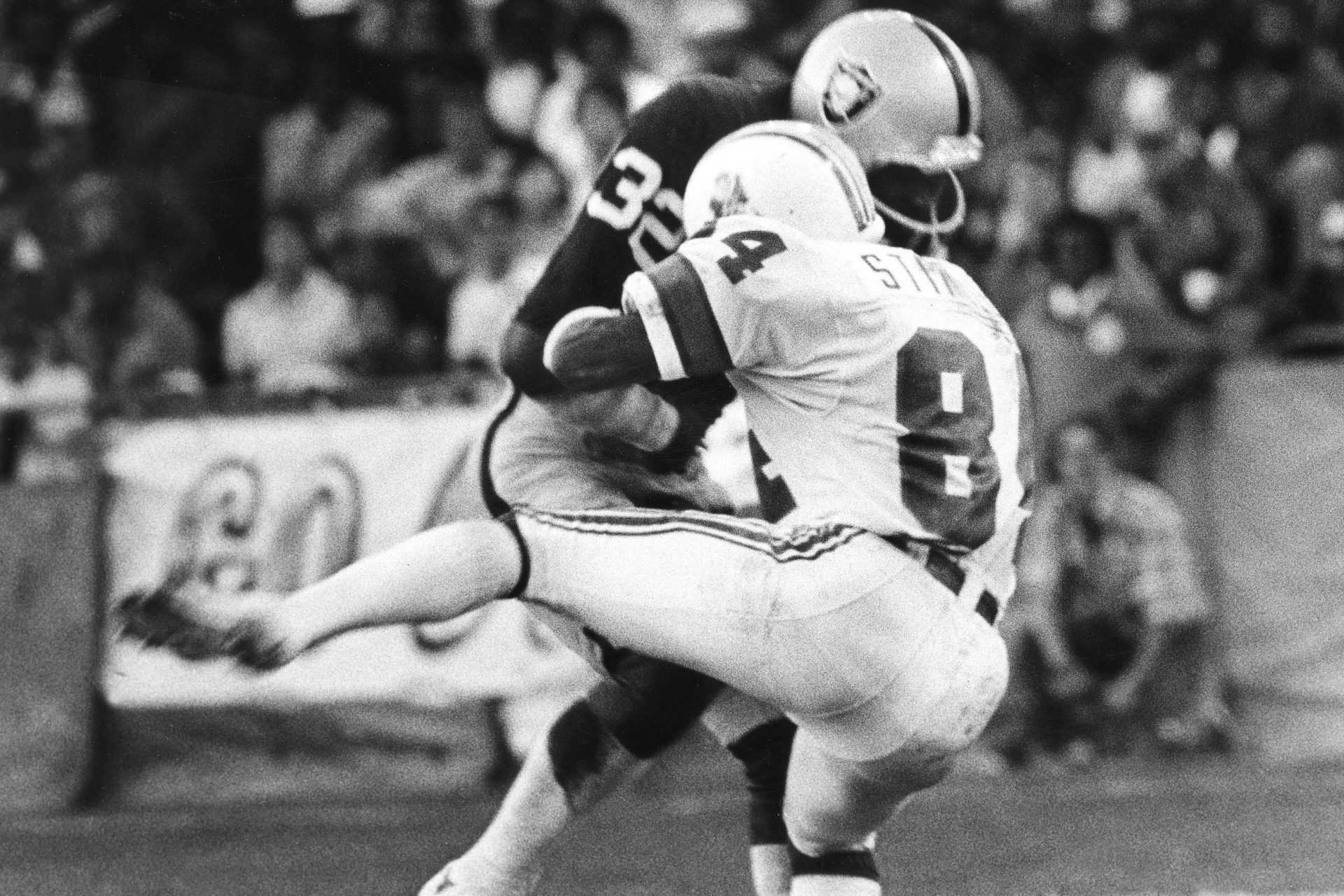The crazy ways in which MLB pitchers cheated throughout history
Cheating in Major League Baseball tends to lend itself to narratives about hitters bulking up illegally, but it isn’t just batters who have tested the rules. Throughout history, pitchers have been just as guilty of coming up with creative ways to get an edge on the mound. We’ll take a look at some of the most prominent ways hurlers have tried to get ahead.
Perhaps the most consistent term associated with pitcher nefariousness is their use of the “sticky stuff.” It’s generally referred to any substance, or combination of substances, that help pitchers enhance their grip on the baseball. According to The Conversation’s website, “sticky stuff” increases friction and torque, which can make hitting a baseball that much tougher.
MLB has been more vigilant about checking for sticky stuff, as they’ve given umpires latitude to check pitchers’ gloves, hat, belt, fingers and hands throughout the course of a game. It’s made it more difficult for pitchers to get away with using any foreign substances that are banned by the sport.
Want to see more like this? Follow us here for daily sports news, profiles and analysis!
This method of cheating is exactly what fans think it is. Pitchers used to physically spit on the baseball, or use saliva on their hands before gripping the baseball. As unsanitary and somewhat cringy as it sounds, it was a preferred method of gaining an advantage in the early 19th century.
There was a time that MLB actually condoned the use of spitballs. According to MLB’s website, the league actually allowed two pitchers per team to use spitballs in the 1920 season. However, they eventually banned the use of the pitch, but allowed 17 pitchers from 1921 forward who could still throw the pitch until they retired.
Cuticle grooming is not always associated with sports, but it was another way in which pitchers have attempted to gain an advantage. The use of a nail file, also known as an Emery board, would be used to scuff or alter the surface of a baseball. This would allow pitchers to sink their fingers into it more easily, which would allow for more movement when it was thrown to home plate.
Perhaps the most infamous case of nail filing utilization came in 1987, when Joe Niekro was caught using one. Sporting News noted that Niekro tried to discard the nail file before the umpires reached the mound, but it was too late. They ejected him from the game. Niekro was a 42 year-old pitcher hoping to hang for a little while longer at that point in his career.
In 1980, Seattle Mariners pitcher Rick Honeycutt took a different approach. As detailed by the Los Angeles Times, he actually taped a thumbtack to a finger on his glove hand in a game in 1980. “It’s in the books, so I can’t live it down,” he later said. “It’s always going to be brought up when there is a controversy about baseballs being scuffed.”
Honeycutt was caught cheating by MLB, and was suspended 10 days and fined $500 for his actions. However, the most severe penalty might have been inflicted by himself. As he wiped sweat off of his brow, he forgot the thumbtack was still on his hand. The sharp end of the tack cut him on the forehead, which added injury to insult.
Want to see more like this? Follow us here for daily sports news, profiles and analysis!
Pine tar has often been the subject of some of the most controversial events in baseball history. Hitter George Brett’s pine tar incident is often discussed, as he hit a home run with a bat what was determined to violate the allotted amount of pine tar. Pitchers have also looked to the substance to get a leg up.
Former New York Yankees pitcher Michael Pineda isn’t the only thrower to ever use pine tar, but he was notably caught in a 2014 game against the Boston Red Sox. The umpire threw him out of the game after determining he had it on his neck. Pineda denied the accusation, telling Bleacher Report, “I don’t use pine tar. It’s dirt. I’m sweating on my hand too much in between innings.”
Hall of Fame pitcher G a y l o r d Perry was pretty transparent in the ways he tried to gain an advantage during his career. He once told ESPN, “man, I tried everything,” when it came to experimenting with substances to apply to the baseball. That includes pitches he threw that were nicknamed “greaseballs”, which had Vaseline applied to them.
Perry told ESPN, “the day before I’d pitch, I’d put grease on my hands and go shake their hands just to get them thinking. Sometimes I’d roll a ball covered with grease into their dugout.” With regard to the Vasline usage, Perry said, “I hid it mainly on my face. The umpires never noticed because I sweat a lot.”
According to MLB’s website, rosin is a substance that is permitted by the league, but it can become illegal if too much is used. Pitchers are also not allowed to use rosin in combination with any other substances. One accompanying substance pitchers used to have for rosin was sunscreen, which was readily available since players often spend several hours on the field during games.
Tyler Glasnow was one such pitcher who used the combination, but he didn’t think he was doing anything wrong. He told ESPN in 2021 that he attended a union meeting about the topic and thought it was legal. “36 reps were on there. And it was like, ‘does anyone have a problem with sunscreen and rosin?’ No. Not a single person said there was a problem with it.” MLB would later reverse course on that stance.
Of course, while umpires have the responsibility to check pitchers throughout the game, it’s unlikely that they will be inspecting hurlers with a fine-toothed comb between innings. As a result, MLB has also consulted analytics to determine if a pitcher might be cheating.
Data is now readily available on pitchers’ spin rates, which can increase artificially and unnaturally if a pitcher is using banned substances on the baseball. Any inflated rates can be called out and further investigated by the league.
Want to see more like this? Follow us here for daily sports news, profiles and analysis!
More for you
Top Stories



